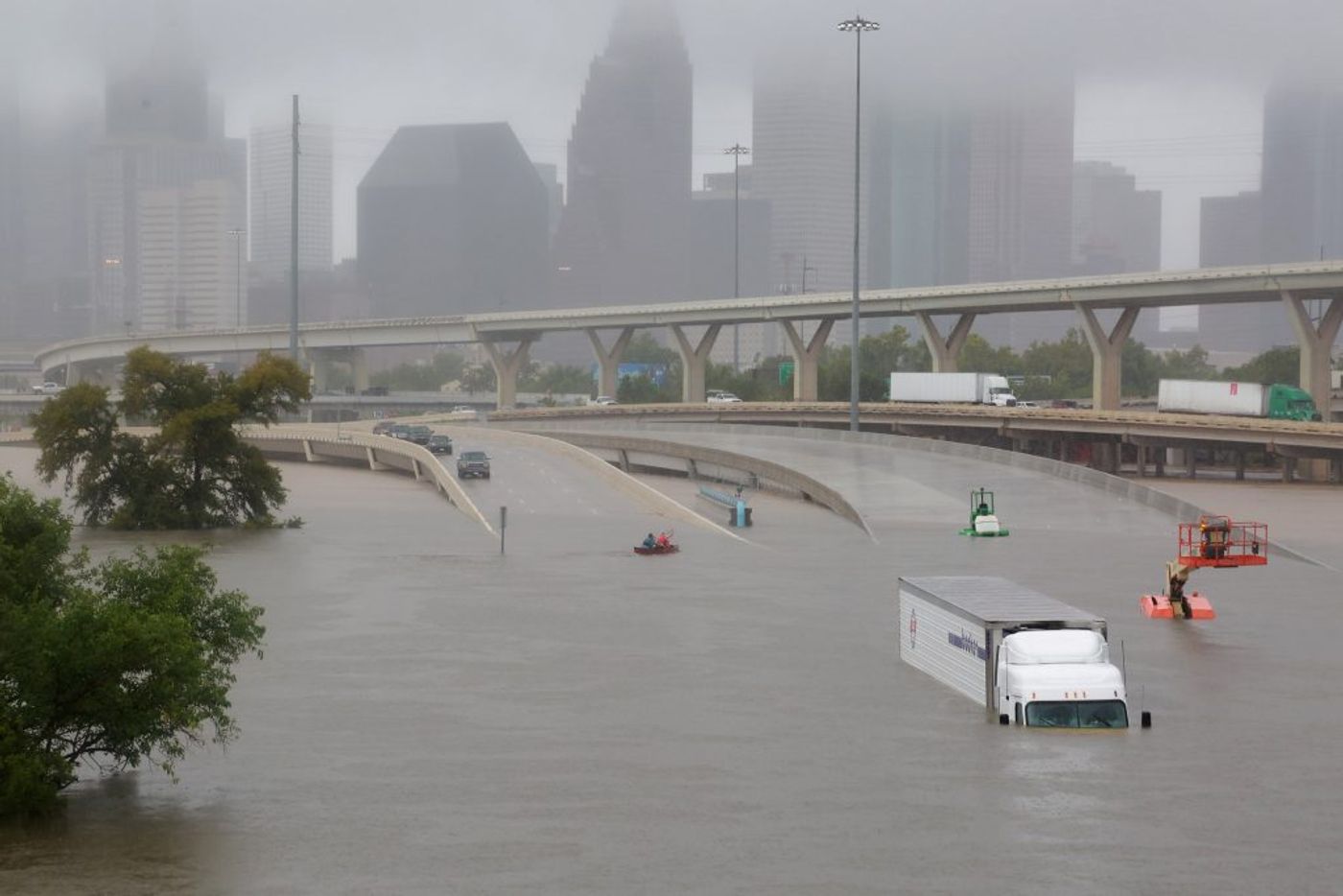Putting a price on climate change
Climate change is a hot topic (literally), but sometimes it’s hard to get past the doomsday media and understand the actual impact that it’s having right now on our planet. That’s why it can be helpful to think of the economic impact that climate change has; in other words, yes, we know the animals are going extinct and the seas are rising, but let’s break it down into numbers. Looking at the amount of money that we as a country in the United States spend on climate change is one way to grasp the otherwise sometimes abstract and overwhelming concept of climate change. So, here goes.
Last year, in 2017, in the US, we spent $306 billion in damages from climate and weather disasters attributed to climate change. THREE HUNDRED AND SIX. BILLION DOLLARS. The previous highest amount we spent on climate change-induced damages was $90 billion – or less than one third of 2017’s final tally. Talk about a heavy bill. So, what’s the reason behind it?
Well, Hurricane Harvey, for one, and extreme wildfires, for another. NOAA, the agency responsible for keeping track of the country’s climate, reported in a new study that the 2017 wildfires across California and the West cost the nation $18 billion, three times more than any previous fire season. And Hurricane Harvey has incurred the largest damage repair bill since Hurricane Katrina in 2005. In fact, just since this summer, Congress has approved more than $50 billion in disaster aid, in addition to the $81 billion the House passed in December.
The West’s wildfires and Harvey were almost certainly made worse because of climate change. Two studies published in December found that climate change had made Harvey's rainfall 38% more intense and there is no doubt that warming temperatures and changing precipitation patterns made California more vulnerable to wildfires.
As far as warming temperatures, there’s we all know that the past years have seen a spike in surface temperature. 2017 was the third-warmest year on record and NOAA reported that this was the third consecutive year when it was warmer than average in every state across the lower 48 states and Alaska. (The average annual temperature in the contiguous U.S. last year was 2.6 degrees Fahrenheit above the 20th Century average.)
"That's pretty unusual," said Jake Crouch, a climate scientist at NOAA and the lead author of the report that published the findings. "The contiguous United States is a pretty big place, and there are features of the climate system that usually make some places colder. [This is] just a continuation of a long-term temperature trend we're experiencing both globally and here in the U.S," he said.
A trend that is adding up to billions of dollars. Now, ask yourself, wouldn’t it make more sense to spend that money on prevention instead of damage repair?
Sources: NOAA (1) (2), Inside Climate News









